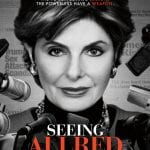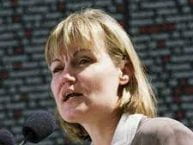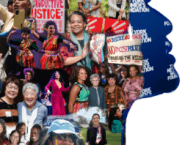
On March 3rd, our group had the opportunity to meet with Glen Kendall, an attorney practicing in the area of employment law. Employment law is a broad category of law encompassing all areas of employee/employer relations. Within that is laws around sexual harassment in the workplace. This interview granted us another perspective on harassment in the workplace.
One thing mentioned by Mr. Kendall is the power imbalance that comes with the harassment. It is often an older, more senior member of the company harassing a more junior one. This gives the harasser power over their victim because they are afraid to report it out of fear it will damage their career. There were two main types of harassment Mr. Kendall described: “quid-pro-quo,” and “hostile work environment.” In the first, the harasser offers an opportunity for career gain in exchange for sexual favors. In the second it is done without wanting any specific thing in return other than making the victim uncomfortable.


















